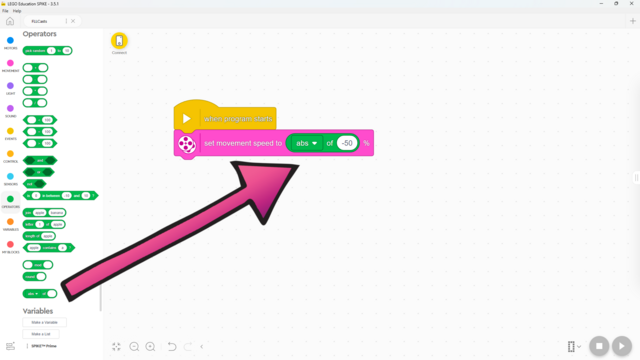

How to use Absolute Value in LEGO SPIKE Prime Word Blocks Software
It is part of the Functions block, but what does it do?
- #2509
- 16 Sep 2025
This page shows all the robotics tutorials listed without specific grouping. Each tutorial is short, on specific topic, has a video. Tutorials are structured in sequence in Courses.


It is part of the Functions block, but what does it do?


Due to the long construction, you need to be careful with time in this lesson. Don’t let the students spend too much time building. If you think you can manage it, you may let them find their own sheet music and adapt it, but we recommend sticking to the short section from Ode to Joy as shown in the tutorial. This melody also serves as preparation for the next lesson, where a ready melody will again be needed. Here’s what the program looks like:
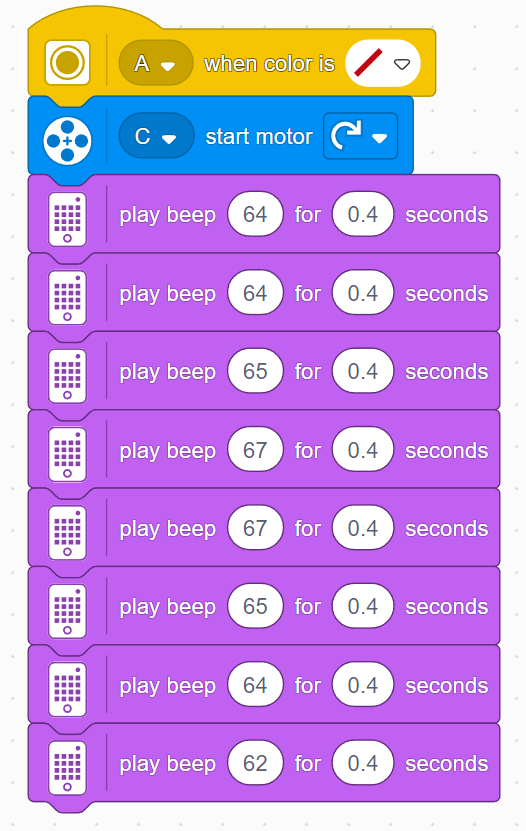


Because this is the musical level, it’s important to set some rules for the sounds the robots make. Students often don’t realize how loud it can get, so remind them to keep the volume lower so they can hear the hubs, and to stop their programs in time, since continuous sounds can become quite loud.
In this lesson, students will learn many of the key concepts needed for the rest of the course. That’s why there is little construction and mainly exploration with a single force sensor. Make sure they understand the difference between pitch and volume. Although there are many new blocks introduced, they are mostly simple and similar to previous ones. These blocks will also be used in many future lessons, giving students plenty of time to become familiar with them. By the end of the lesson, students should have tried the following two programs:
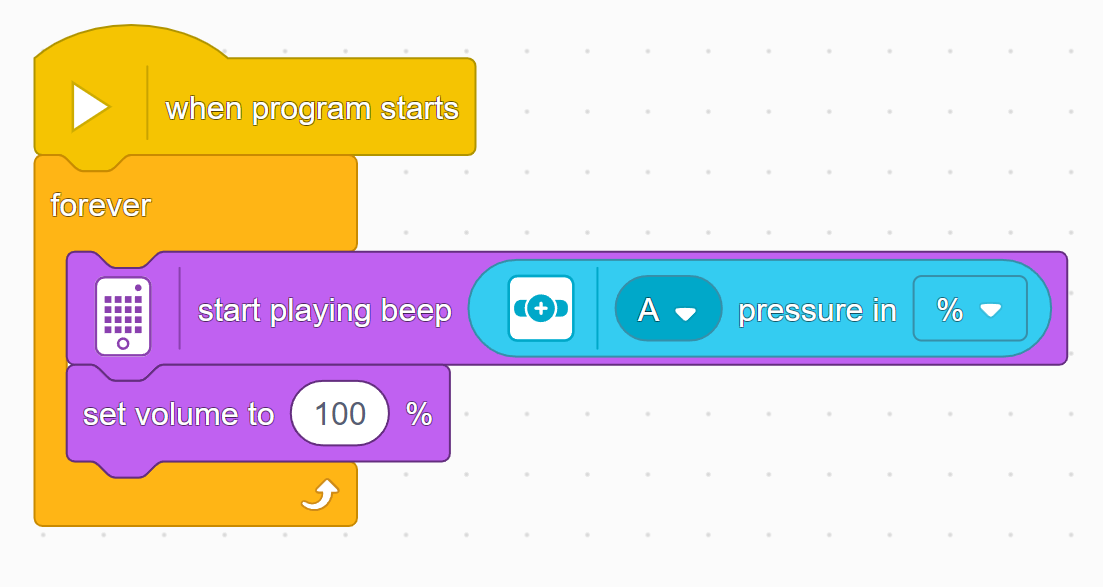
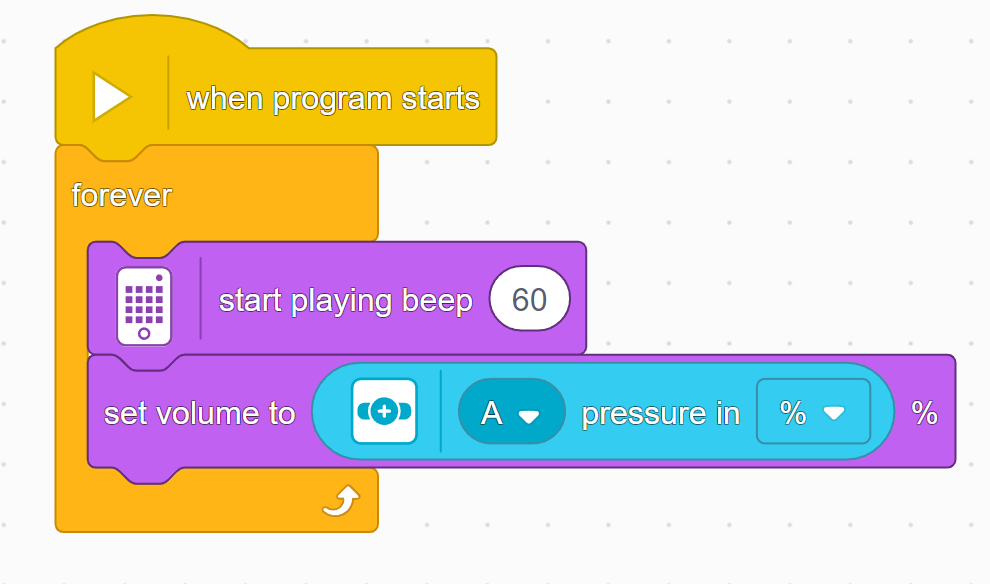
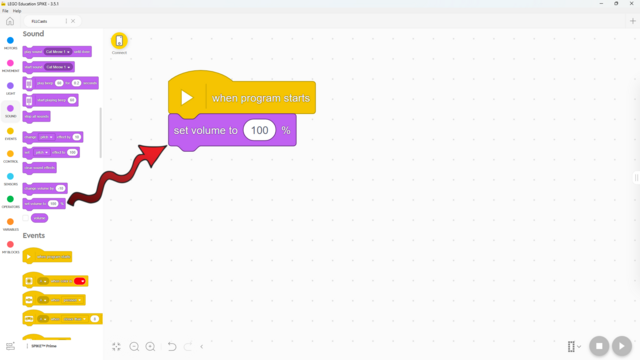

A big part of a sound is its volume. Here's how to change it!
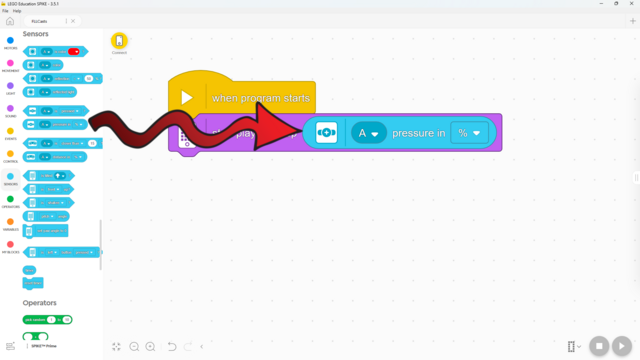

The force sensor can detect how hard it’s being pressed! Here’s how:
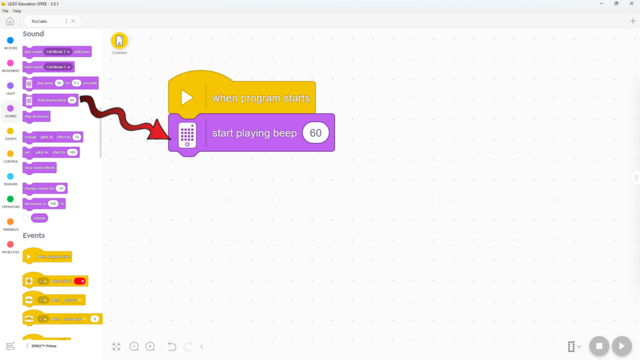

Did you know that your hub can play a sound? Here's how!
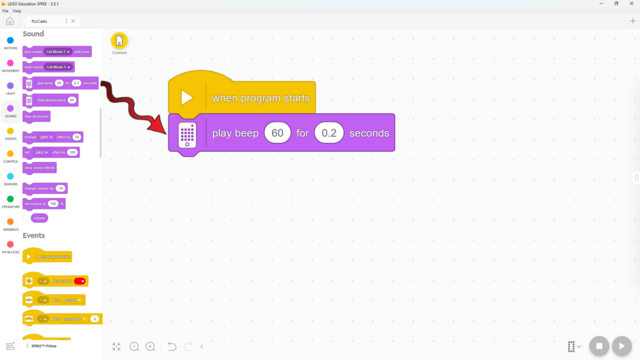

Did you know that your hub can play a sound? Here's how!


Have you ever wanted to program your favorite music on SPIKE Prime? Here's how!
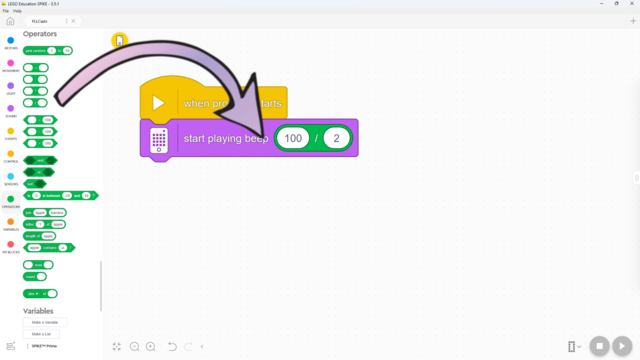

You already know how to do division in mathematics - here’s how to do it in SPIKE Prime!
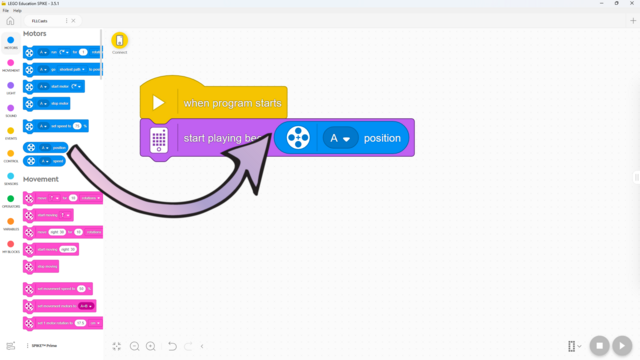

Did you know you can use the motors as sensors? Here's how!
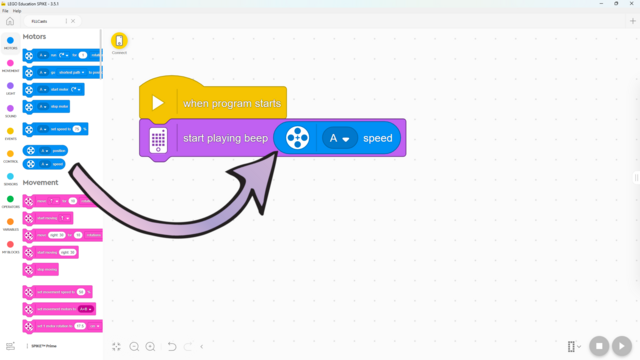

Did you know you can use the motors as sensors? Here's how!
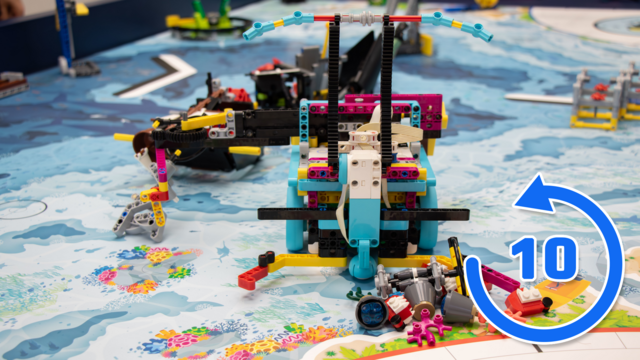

This 10 out of 10 video tutorial focuses on the flawless accomplishment of M05 Angler Fish, M09 Unexpected Encounter, M10 Send over the Submersible, and M11 Sonar Discovery of the FIRST LEGO League 2024-2025 SUBMERGED Challenge using the Nautiq box robot.
The run uses a combination of aligning, front, and back attachments to execute multiple tasks in one run, including a rotation transfer system using a single long axle for M11, early execution of M10 for a strategic edge, and sensor-based alignment for precision. Despite the reduced per-run accuracy due to the mission count, this method ensures that when the run works, it secures an exceptionally high score.
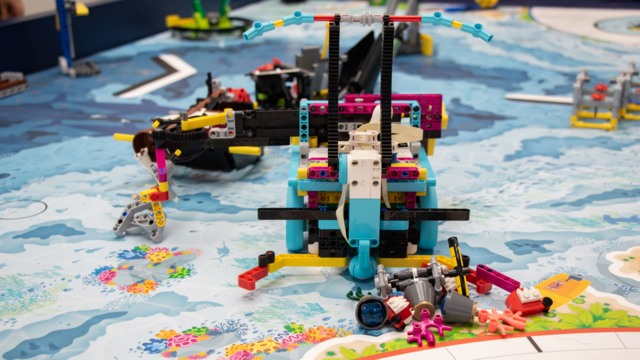

This video tutorial focuses on accomplishing M05 Angler Fish, M09 Unexpected Encounter, M10 Send over the Submersible, and M11 Sonar Discovery of the FIRST LEGO League 2024-2025 SUBMERGED Challenge using the Nautiq box robot (a LEGO Education SPIKE Prime robot). The run uses three attachments in sequence: an aligning attachment at the start to reduce initial inaccuracies, a front attachment for solving M05 and M10 while collecting krill, reef segments, and the water sample, and a back attachment for solving M11, delivering the unknown creature for M09, and collecting plankton and seabed samples.
The front attachment is particularly interesting in this configuration because it integrates two color sensors and one motor directly onto the attachment itself. These sensors are used to align the robot to the black line near M10, while the aligning attachment at the start ensures a precise launch position.
This version of the big run takes on significantly more missions in a single attempt than a standard sequence, which naturally comes at the cost of reduced accuracy. In the current FLL competition format—where only your best score from three attempts is counted—this trade-off can be highly strategic. A run that works perfectly even just once can yield a massive point boost, making this kind of high-reward, lower-consistency approach a potential game-changer for teams willing to take the risk.